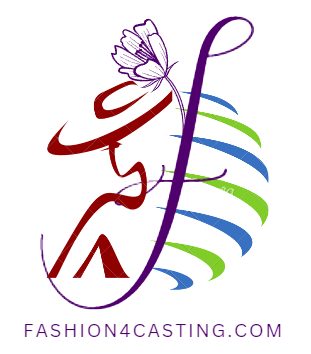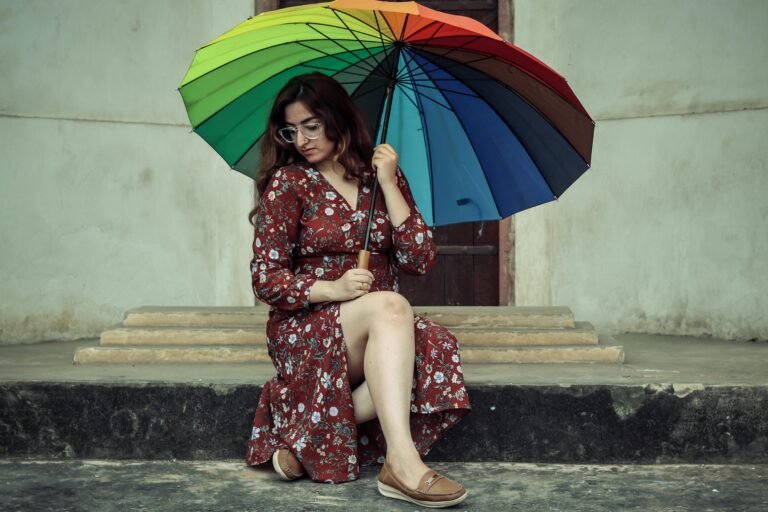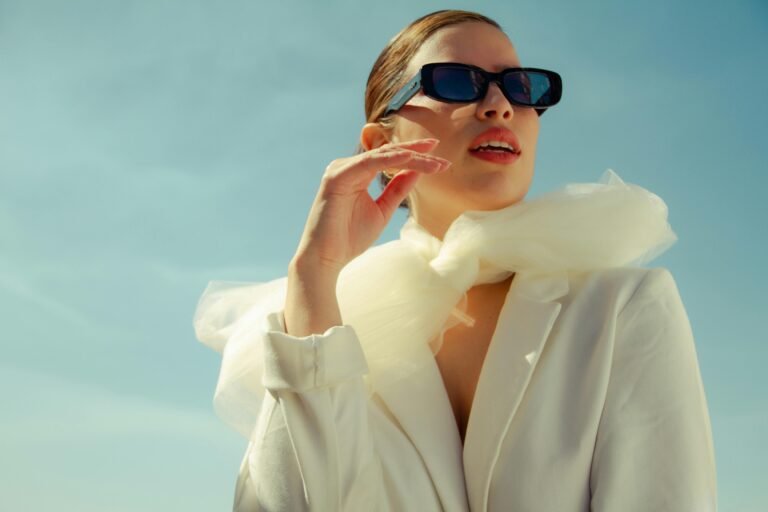
What is Color forecasting?
Color forecasting is an intricate process that involves predicting the future trends in color preferences across various industries such as fashion, interior design, graphic design, and product design. Just as forecasting weather conditions provides valuable insights into atmospheric changes, color forecasting offers businesses and designers a glimpse into the evolving landscape of color preferences, enabling them to make informed decisions about product development, marketing strategies, and creative direction. This comprehensive endeavor encompasses a range of methodologies, from trend analysis and consumer research to color psychology and market analysis, all aimed at deciphering the complex interplay of factors that shape color trends.
1. Trend analysis One of the primary methodologies employed in color forecasting is trend analysis. This involves closely monitoring and analyzing current trends in fashion, art, design, and popular culture to discern emerging patterns in color usage. Fashion shows, art exhibitions, and cultural events serve as rich sources of inspiration for color forecasters, offering a glimpse into the prevailing color palettes favored by designers and consumers alike. By dissecting these trends and identifying recurring motifs, forecasters can extrapolate future color directions and anticipate which hues are likely to gain prominence in the coming seasons.
2.Consumer research constitutes another integral aspect of color forecasting, providing valuable insights into the preferences and behaviors of target demographics. Through surveys, focus groups, and market studies, color forecasters seek to understand the nuanced preferences of consumers across different age groups, geographic regions, and cultural backgrounds. By delving into consumer psychology and examining purchasing patterns, they can uncover underlying drivers of color preference and predict shifts in consumer tastes with a higher degree of accuracy. This empirical approach enables businesses to align their color offerings with the desires of their target audience, thereby enhancing the appeal and marketability of their products.
3.Color psychology plays a crucial role in guiding color forecasting efforts, offering valuable insights into the emotional and psychological effects of different colors on human perception and behavior. Drawing on principles of color theory and psychological research, forecasters analyze how specific hues evoke distinct moods, emotions, and associations in the minds of consumers. For instance, warm colors such as red and orange are often associated with energy, passion, and excitement, while cool colors like blue and green convey feelings of calmness, serenity, and nature. By leveraging these insights, color forecasters can tailor their predictions to resonate with prevailing societal attitudes, cultural norms, and aesthetic sensibilities, thereby enhancing the relevance and impact of their forecasts.
4.Market analysis serves as a cornerstone of color forecasting, offering a data-driven approach to understanding the dynamics of color trends within specific industries and market segments. By analyzing sales data, market reports, and consumer behavior metrics, forecasters gain valuable insights into which colors are currently in demand and which ones are experiencing a decline in popularity. Moreover, by monitoring economic indicators and industry trends, forecasters can anticipate how broader macroeconomic factors may influence color preferences in the future. This holistic approach enables businesses to stay ahead of the curve and adapt their color strategies in response to shifting market dynamics, thereby maintaining their competitive edge in an ever-evolving marketplace.
5.Global influences exert a significant impact on color forecasting, as cultural shifts, international events, and cross-cultural exchanges shape color preferences on a global scale. From cultural celebrations and festivals to geopolitical developments and social movements, a myriad of factors contribute to the evolution of color trends across different regions and societies. By staying attuned to these global influences, color forecasters can identify emerging patterns and anticipate how they may manifest in diverse cultural contexts. This cross-cultural perspective is particularly relevant for businesses operating in international markets, as it enables them to tailor their color strategies to resonate with the preferences and sensibilities of diverse consumer groups worldwide.
6.Color forecasting agencies play a pivotal role in synthesizing and disseminating color trend information to businesses and designers across various industries. These specialized agencies employ teams of experts who meticulously analyze data, conduct research, and monitor trends to produce comprehensive color trend reports and palettes. By leveraging their expertise and industry insights, these agencies provide invaluable guidance to businesses seeking to navigate the complex landscape of color trends. From fashion houses and interior design firms to consumer electronics companies and automotive manufacturers, businesses rely on the expertise of color forecasting agencies to inform their product development, marketing campaigns, and branding strategies.
7.Creative intuition serves as a guiding force in color forecasting, as experienced forecasters draw upon their creativity, expertise, and industry knowledge to make informed predictions about future color trends. Through years of immersion in the world of color, these seasoned professionals develop a keen eye for spotting emerging patterns and discerning subtle shifts in consumer preferences. Whether through intuition, instinct, or artistic sensibility, their ability to anticipate future color directions is informed by a deep understanding of color theory, design principles, and historical trends. This intuitive approach complements the analytical methodologies employed in color forecasting, providing a holistic perspective that transcends mere data analysis.
In conclusion, color forecasting is a multifaceted endeavor that draws upon a diverse array of methodologies, from trend analysis and consumer research to color psychology and market analysis. By synthesizing these approaches, color forecasters are able to decipher the complex interplay of factors that shape color trends and anticipate future directions with a higher degree of accuracy. Whether through empirical research, psychological insights, or creative intuition, the aim of color forecasting is to provide businesses and designers with actionable insights that enable them to stay ahead of the curve and leverage the power of color to captivate consumers, differentiate their products, and drive success in the marketplace


